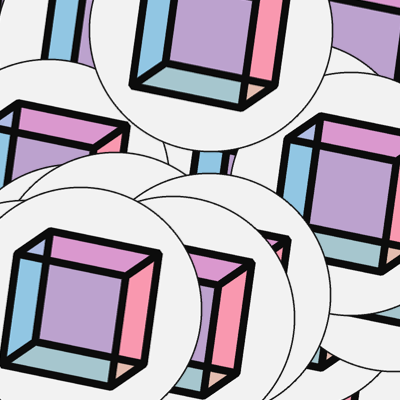Images and Pillow#
Pillow is a popular Python library for working with images. It is a friendly fork of a similar library called PIL.
Pillow is one of py5’s dependencies, so it will always be installed alongside py5.
Internally, py5 uses Pillow to save frames. This enables py5 to save images in a wide variety of image formats, beyond what Processing supports.
Py5’s convert_shape() method enables py5 users to load images in any format Pillow supports and to convert them in to Py5Image objects.
Let’s experiment with the Pillow image library and py5, starting with the imports.
from PIL import Image
import py5_tools
import py5
Basic Image Example#
First we will load an image.
logo = Image.open('images/logo.png')
logo

We can then use this Pillow image in our Sketch.
def setup():
py5.size(400, 400)
py5.background(64)
py5.image_mode(py5.CENTER)
img = py5.convert_image(logo)
py5.image(img, 200, 200)
py5.run_sketch()
It looks very much like what you’d expect.
py5_tools.screenshot()

Converting a Pillow image to a Py5Image object takes a small amount of time to complete but if you want to repeatedly draw your Pillow image to the screen, it is recommended that you do the conversion once in setup(). You can do this with the global keyword. For example:
def setup():
global img
py5.size(400, 400)
py5.background(64)
py5.image_mode(py5.CENTER)
img = py5.convert_image(logo)
def draw():
xval = py5.random(py5.width)
yval = py5.random(py5.height)
py5.image(img, xval, yval)
py5.run_sketch()
And here’s what that looks like.
py5_tools.screenshot()


